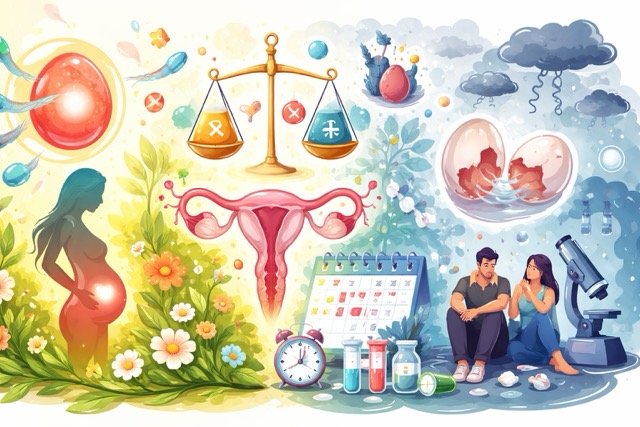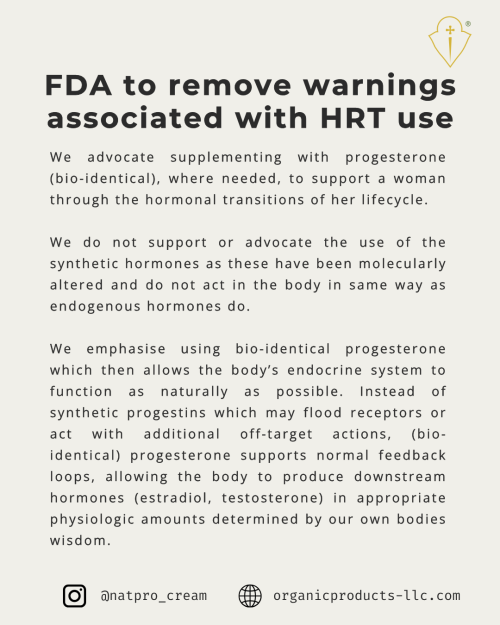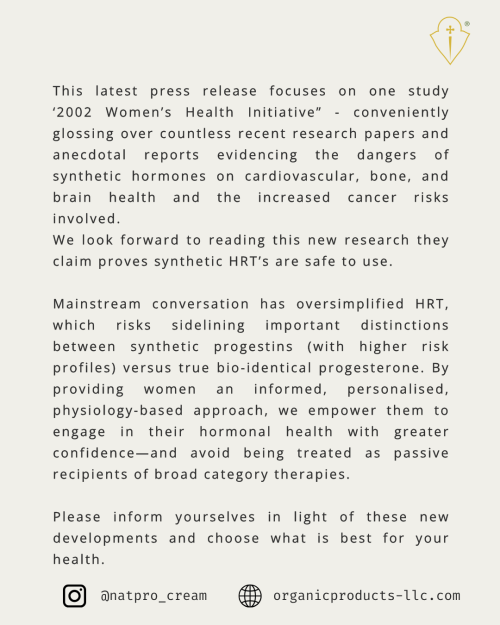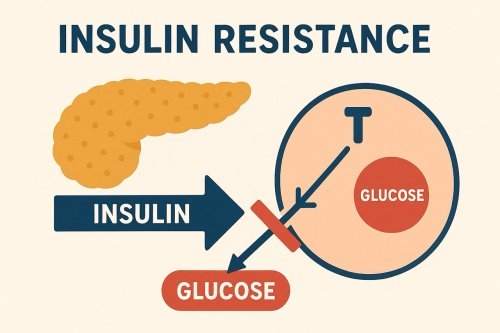Progesterone and Vitamin D
Progesterone, a sterol, has generally been regarded as the oldest hormone, with an age of 500 million years usually given. But with the discovery of progesterone molecules in the walnut tree in 2010, the date of origin has been pushed back. See here, here, and here.
Researchers speculate that the hormone might be an ancient bio-regulator that evolved billions of years ago, before the appearance of modern plants and animals. The new discovery may change the scientific understanding of the evolution and function of progesterone in living things. See here, and here.
Another study in 2010 discovered progesterone in rotifers, a microscopic freshwater zooplankton. As the study paper puts it...
"Finding this sex steroid and its receptor in simple rotifers suggests that the progesterone signaling technique dates back hundreds of millions of years."
Life on earth is divided in two distinct organisms. The prokaryotes with no cell nucleus and eukaryotes which have a distinct cell nucleus. The prokaryotes comprise all the bacteria and archaea, the eukaryotes comprise the fungi, plants and animals, including humans.
Sterol biosynthesis is found only in eukaryotes and in a very few bacteria, none in archaea. But the proteobacterium Methylococcus capsulatus, the plantomycete Gemmata obscuriglobus and a few myxobacteria do produce steroids.
All sterols have a 4-cycle skeleton or sterane which has been found in ancient rocks dating back to 1.64 billion years. Thus suggesting eukaryotic evolution dated from this time.
So, while actual preserved steranes appear later, the biochemical capacity to produce sterols may have existed much earlier—long before the earliest confirmed fossil evidence.
It appears that sterols are the critical evolutionary step to eukaryotes, but that oxygen was an absolute requirement to the birth of more complex organisms. It has been hypothesised that it was the rise in oxygen in the atmosphere which made possible the evolution of sterols. And that possibly the sterols were a defence mechanism against oxygen, and reactive oxygen species. Which they are to this day. Both the rise in oxygen and sterol evolution were coincidental.
Possibly as old as progesterone is another sterol, vitamin D3 (cholecalciferol). Although initially a vitamin, it is converted by the liver to 25-OHD3 (calcidiol). This is then converted by the kidneys and other tissues to 1,25-OH2D3 (calcitriol), a potent steroid hormone. See here.
Progesterone was discovered in 1929, see The History of Progesterone.
Vitamin D was finally isolated in 1937, see here.
Both progesterone and vitamin D3 are manufactured from another sterol, cholesterol. Progesterone in the brain, glial cells, adrenals, ovaries and testes. Whereas vitamin D3 is made by the action of UVB sunlight as it strikes the cholesterol covering our bare skin.
Progesterone is further converted to corticosteroids and mineralocorticoids. Plus androstenedione and testosterone, and thence to the three oestrogens, oestrone, oestradiol and oestriol.
Research published in late 2009, found a lack of vitamin D3 reduces the benefits of progesterone.
The similarities between the two are almost endless. They both...
- induce the anti-inflammatory Th2 response
- inhibit the Th1 inflammatory response
- suppress inflammatory cytokines such as TNF-a, IL2 and IL6
- increase anti-inflammatory cytokines like IL-10
- inhibit mast cell secretions
- inhibit the oestrogen induced increase in dendritic spine density
- increase the expression of brain-derived neurotrophic factor (BDNF)
- positively affect neurologic functioning
- prevent neurodegeneration and enhance myelin repair
- positively affect motorneuron disease
- reduce damage in traumatic brain injury
- reduce hypertension
- regulate bone metabolism
- prevent lipid peroxidation
- are essential for pregnancy
- positively affect the skin and hair
- increase the concentrations of glutathione, the cells master antioxidant
- increase levels of superoxide dismutase, a powerful antioxidant
- inhibit mitosis, causing cell differentiation and apoptosis
- down-regulate the expression of glucocorticoids
- modulate fibroblast proliferation and collagen synthesis
Reduced levels of both progesterone and vitamin D are found in all the following diseases or disorders, and therefore constitute an increased risk factor for...
- asthma and respiratory problems
- depression
- early ageing
- cancer
- epilepsy
- heart disease
- migraines/headaches
- polycystic ovaries
- miscarriage
- fibroids
- peripheral neuropathy
- myopathy
- autoimmune diseases, such as MS, lupus, Sjogren's syndrome, arthritis etc
- SAD (seasonal affective disorder)
- Alzheimer's disease (low allopregnanolone, a neuroactive metabolite of progesterone, appears a promising biomarker in dementia)
There are a number of nuclear hormone receptors that are closely related, amongst them are the pregnane X receptor (PXR) and the vitamin D receptor (VDR). Nuclear hormone receptors are transcription factors that work to regulate gene expression. The PXR is activated by progesterone and a number of other steroids. The PXR plays an important role in defence against toxic substances including foreign chemicals. Pregnane is a steroid hydrocarbon that is the parent compound of progesterone. The VDR is activated by vitamin D3, and is also involved in the regulation of the metabolism of toxic compounds, plus regulation of calcium and phosphorus, immune system modulation, and skin development.
So both progesterone and vitamin D regulate gene expression, have a positive fundamental effect on cell differentiation and growth, with anti-oxidative and autoimmune anti-inflammatory mechanisms. Both positively effect the nervous system by stimulating neurotrophic factors, quenching oxidative hyperactivity and regulating autoimmune responses.
With further research it wouldn't be surprising to find that the two hormones evolved from the same source, but split millions of years ago.
For more info on vitamin D levels, test kits etc see...
Blood levels should be 70-100ng/ml (175-250nmol/L) and not the 30ng/ml (75nmol/L) most labs and doctors regard as adequate. The minimum daily dose should be 5000iu's per day, although the latest research indicates it should be 10,000iu's per day, see here.
This is an excellent video to watch too...
Plus this chart on Disease Incidence.
Important web reference...
- CYBERLIPID CENTER Fats and Oils
-STEROLS
 If you are feeling confused or overwhelmed by fertility challenges, or wondering if hormone balance might be affecting your ability to conceive you are not alone—many women and couples face uncertaint…
If you are feeling confused or overwhelmed by fertility challenges, or wondering if hormone balance might be affecting your ability to conceive you are not alone—many women and couples face uncertaint…
 _____
_____ Feeling tired, foggy, or struggling with stubborn weight gain—especially around the waist? You might be surprised to learn that these symptoms could be linked to insulin resistance, a condition that a…
Feeling tired, foggy, or struggling with stubborn weight gain—especially around the waist? You might be surprised to learn that these symptoms could be linked to insulin resistance, a condition that a…